The Hatchery Process
The hatchery has been designed to be highly efficient, which means that large quantities of oysters are produced in a restricted space and labour and energy costs are kept to a minimum. For example 80-90% of heat in heated water is recovered, and the amount of energy used in the nursery is about 1/10th that of a conventional pumping system. There are several stages in the oyster production process starting with broodstock and hatchery indoors, with the nursery, consisting of tanks and pontoons outside.
Conditioning and Spawning
Specially selected adult oysters can be brought into condition ready to spawn by being held in heated water enriched with cultured algae. After about 6 to 10 weeks controlled spawnings can take place.
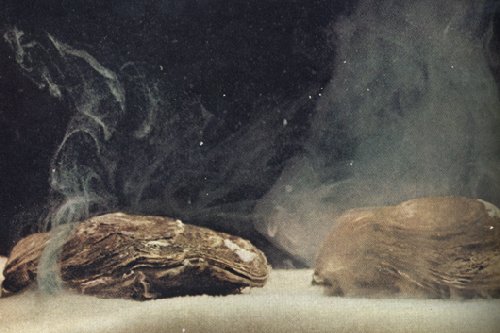
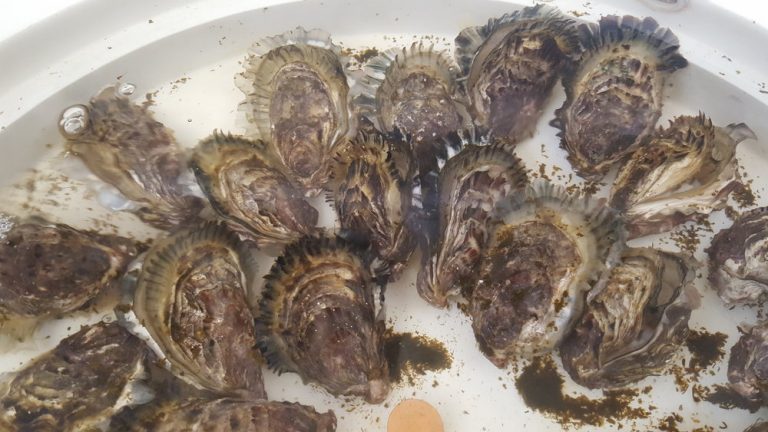
A single oyster can produce 20 to 30 million eggs, but, as the progeny grow, this number is greatly reduced by frequent screening so that only the fastest and most robust oyster seed comes through.
Larvae
After fertilisation, the embryos develop into microscopic free-swimming larvae; this process can take less than 24 hours.
Larvae spend the first two weeks of their life in specially adapted tanks within the laboratory which contain heated seawater on a continuous flow. They are carefully nurtured and fed specially grown algae and monitored daily growth and health.


After 2-3 weeks, the larvae begin to drop out of the water column and start to crawl on the tank bottom. The foot can be seen extending between the shell valves which shows as a sign that larvae are looking to settle.

Metamorphosis
Metamorphosed spat are removed from the larvae tanks and transferred to the spat bottles where they continue to be fed and aerated.
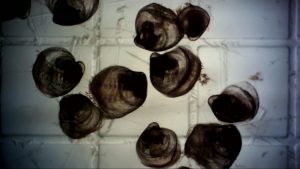

When they are very young each of these tubes can hold up to 3 million young spat.
Small outdoor upwelling units:
After 4 to 8 weeks in the hatchery spat are placed in upwelling units outside, and although it is no longer on heated water, it is still fed cultured algae. They remain here until they are moved into larger vessels on the pontoon for the final phases of their growth.
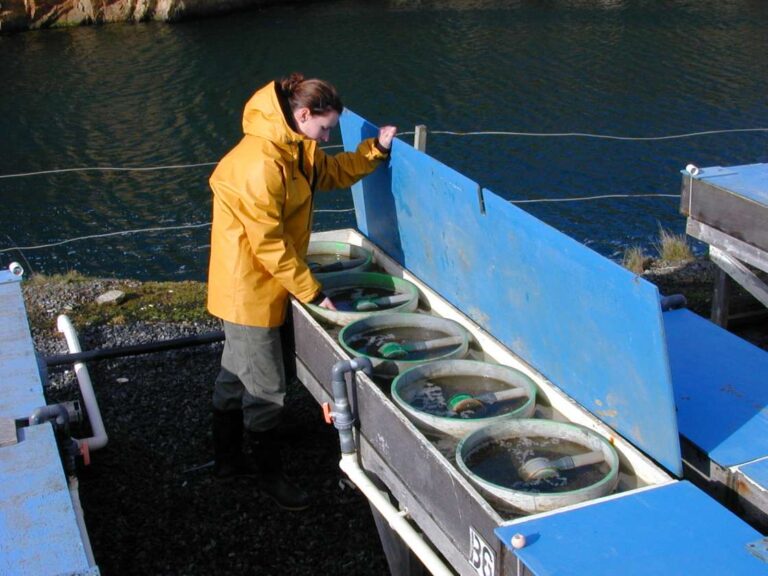

FLUPSY (Floating Upweller System):
Once the seed reaches 3-4mm it is placed in meshed boxes and transferred to the main pontoon or FLUPSY. A highly efficient paddle wheel system, using 10 times less power than conventional pumps, is used to move water through the oyster seed at a rate of 30 tons a minute. Here seed needs to be washed and graded every week.
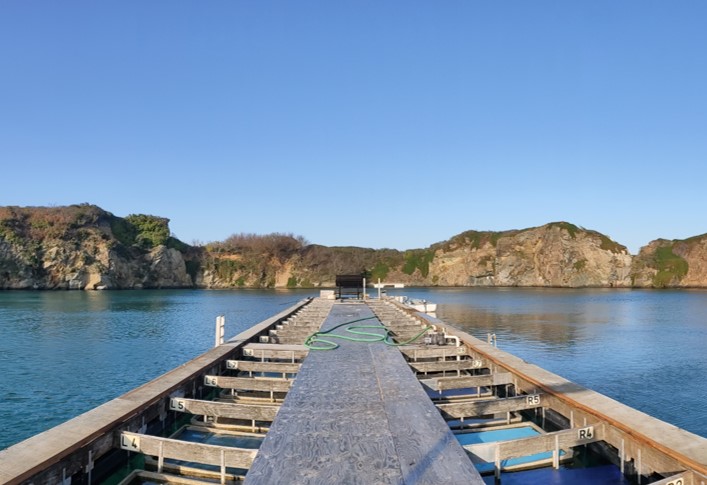
Packing & Shipment:
When it comes to shipping, the seed is re-counted, chilled to 12°C and packed dry in polystyrene boxes. Our packaging has been perfected to maintain seed in top quality during transit to anywhere in the world.

Algae Culture:
Several different species and strains of mono-specific micro-algae is cultured in a series of different sized vessels and used as feed for the oysters at all the different stages in the hatchery.
